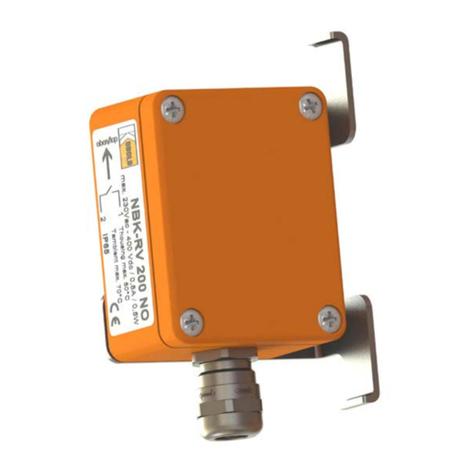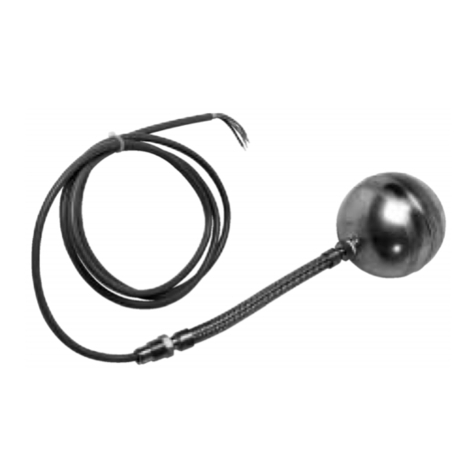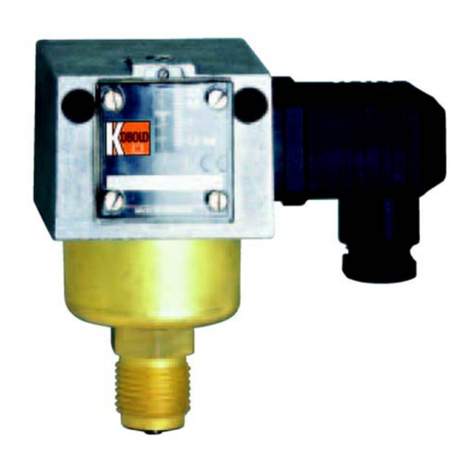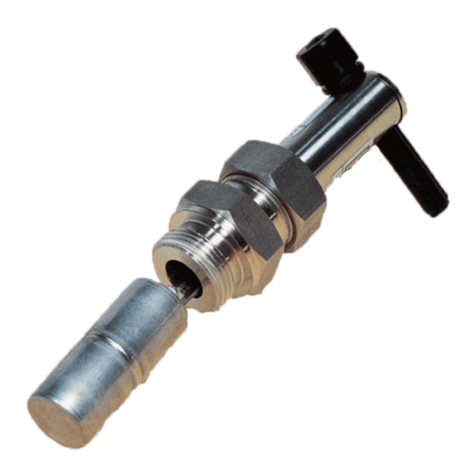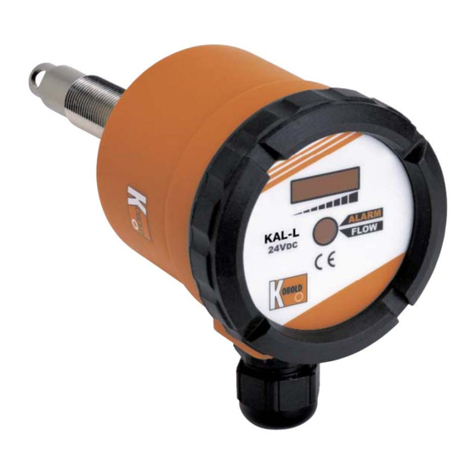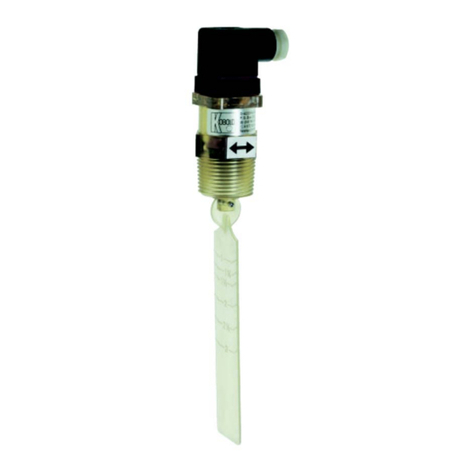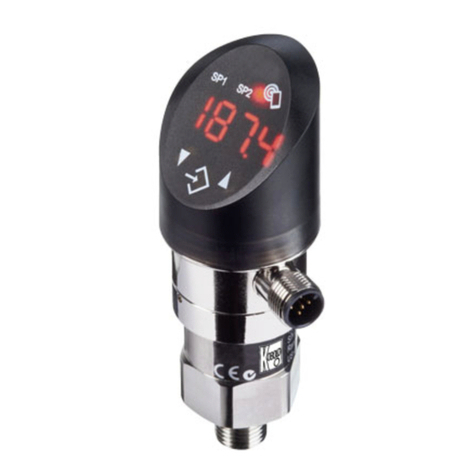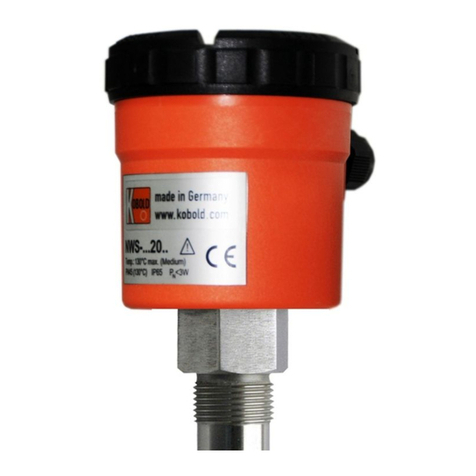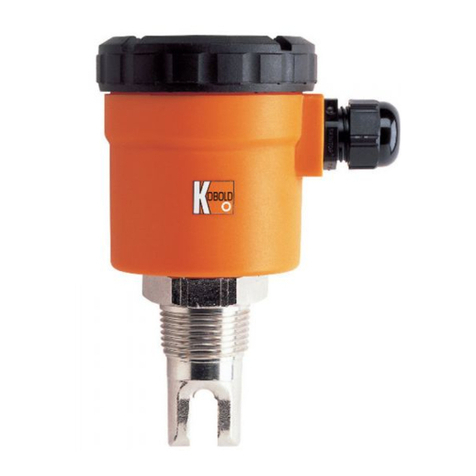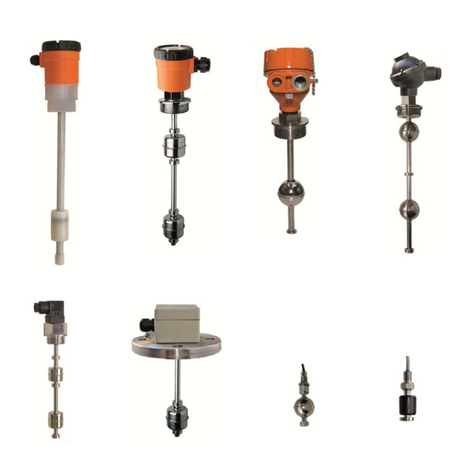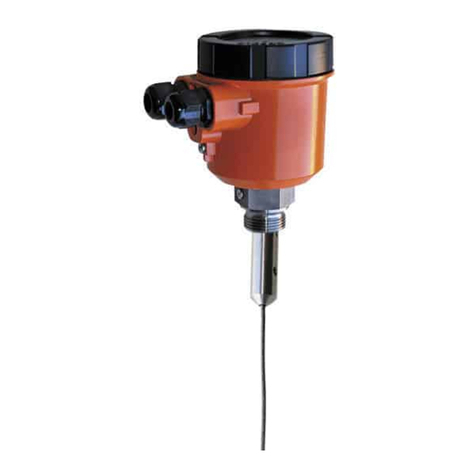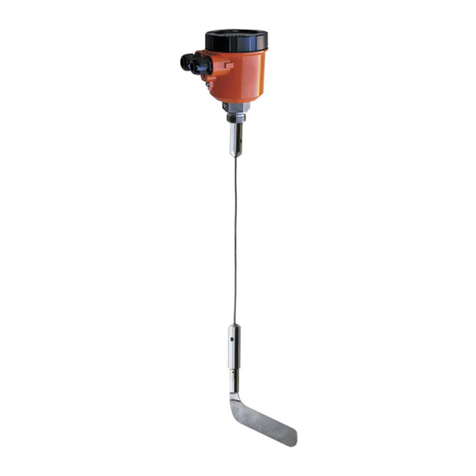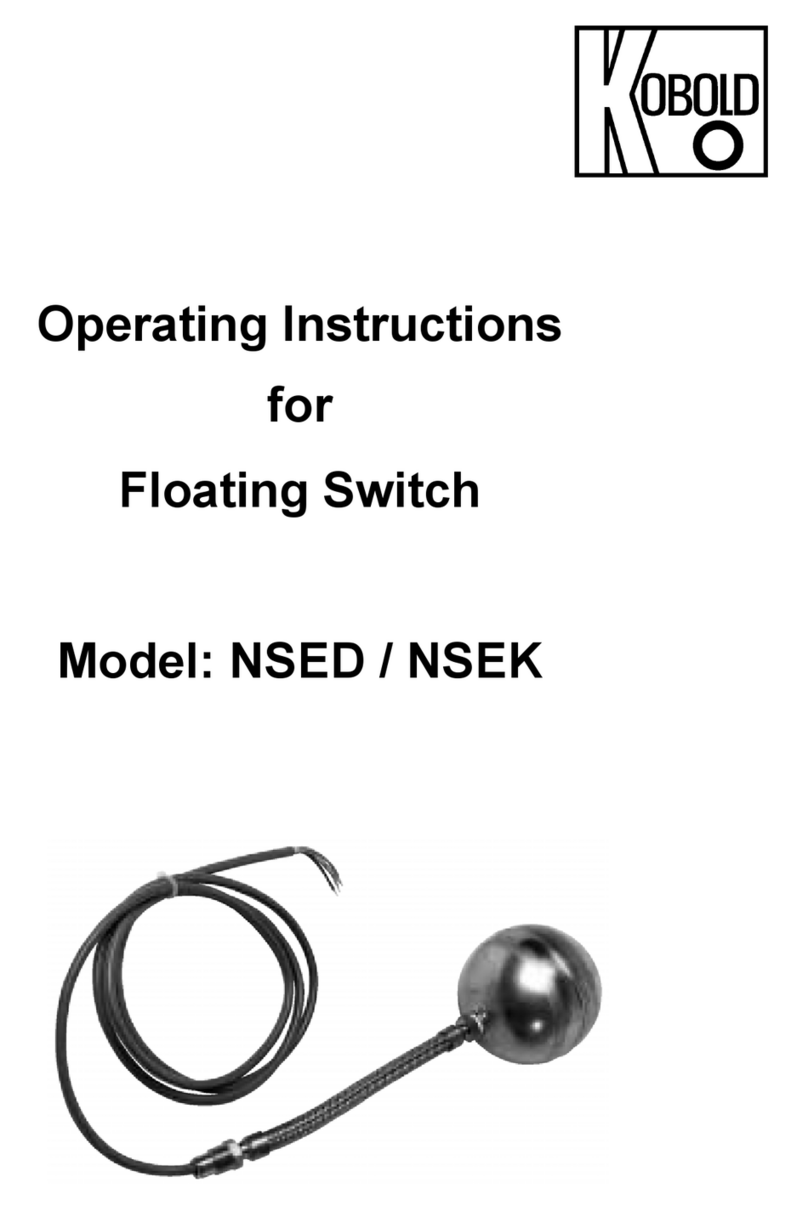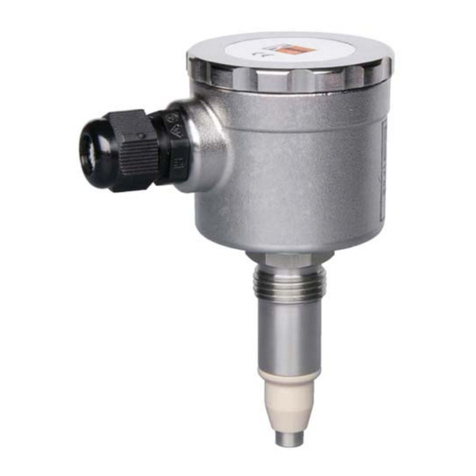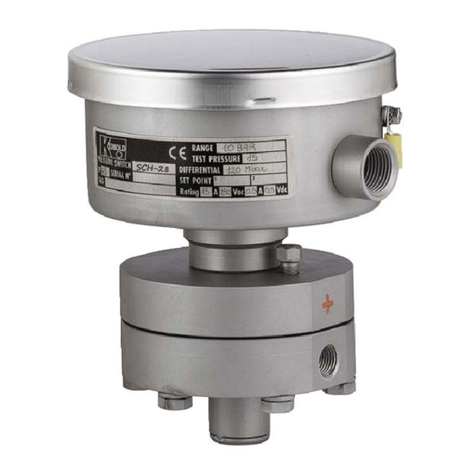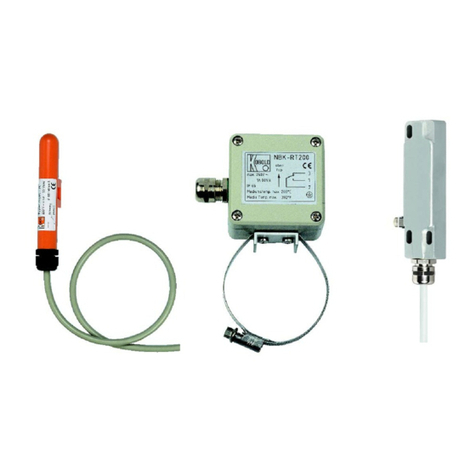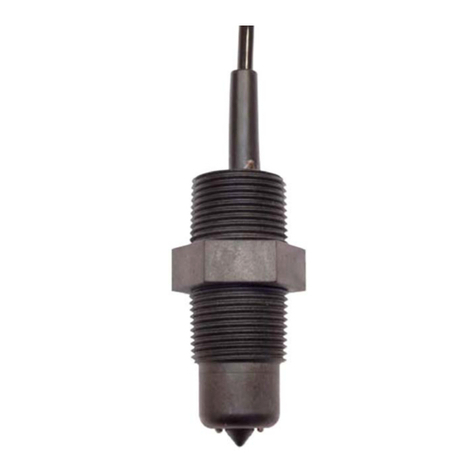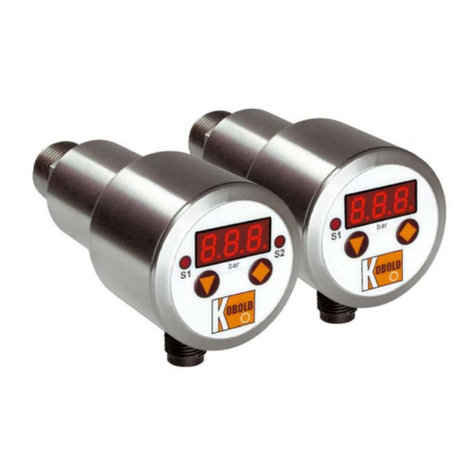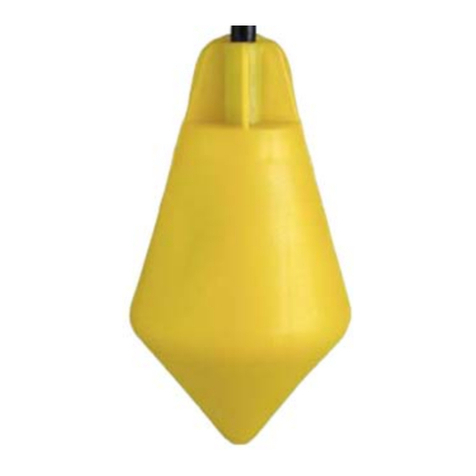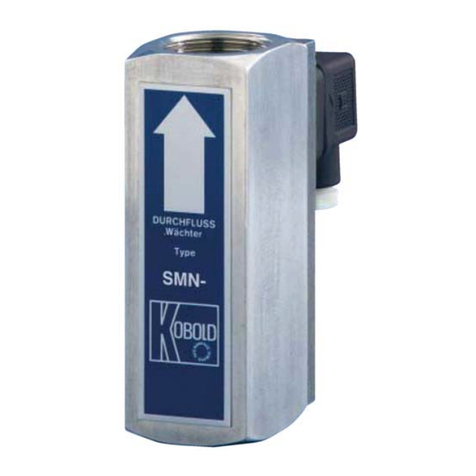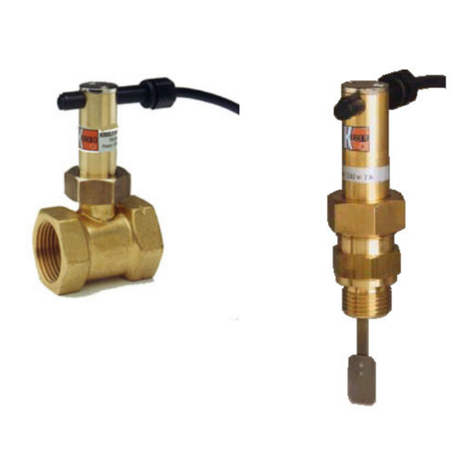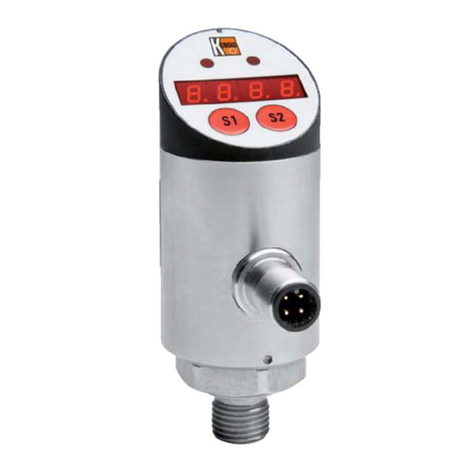
TDD
page 2 TDD K09/1022
1. Contents
1.Contents ........................................................................................................ 2
2.Note .............................................................................................................. 3
3.Instrument Inspection .................................................................................... 3
4.Regulation Use ............................................................................................. 4
5.Operating Principle ........................................................................................ 4
6.Mechanical Connection ................................................................................. 5
7.Electrical Connection .................................................................................... 6
7.1Connector pin assignment TDD-153, TDD-353 ................................... 6
7.2Connector pin assignment TDD-553, TDD-753 ................................... 7
8.Commissioning.............................................................................................. 8
8.1Button function ..................................................................................... 8
9.Adjustments .................................................................................................. 9
9.1Value setting ........................................................................................ 9
10.Set-up Mode ............................................................................................... 10
10.1Adjustments for TDD-1… and TDD-3… ............................................. 10
10.2Adjustments for TDD-5… and TDD-7… ............................................. 11
11.Main Menu Options ..................................................................................... 13
11.1Switching point ................................................................................... 13
11.2Hysteresis .......................................................................................... 13
11.3Window point (Double Point), (only for TDD-1… and TDD-3…) ........ 13
11.4Switching behaviour ........................................................................... 14
11.5Filter (only for TDD-1… and TDD-3…)............................................... 15
11.6Transient response (only for TDD-5… and TDD-7…) ........................ 15
11.7Contact model .................................................................................... 15
11.8Change code ..................................................................................... 16
12.Maintenance ............................................................................................... 17
13.Technical Information .................................................................................. 18
14.Order codes ................................................................................................ 19
15.Dimensions ................................................................................................. 20
16.Disposal ...................................................................................................... 21
17.EU Declaration of Conformance ................................................................. 22
18.UK Declaration of Conformity ...................................................................... 23
Manufactured and sold by:
Kobold Messring GmbH
Nordring 22-24
D-65719 Hofheim
Tel.: +49(0)6192-2990
Fax: +49(0)6192-23398
Internet: www.kobold.com
